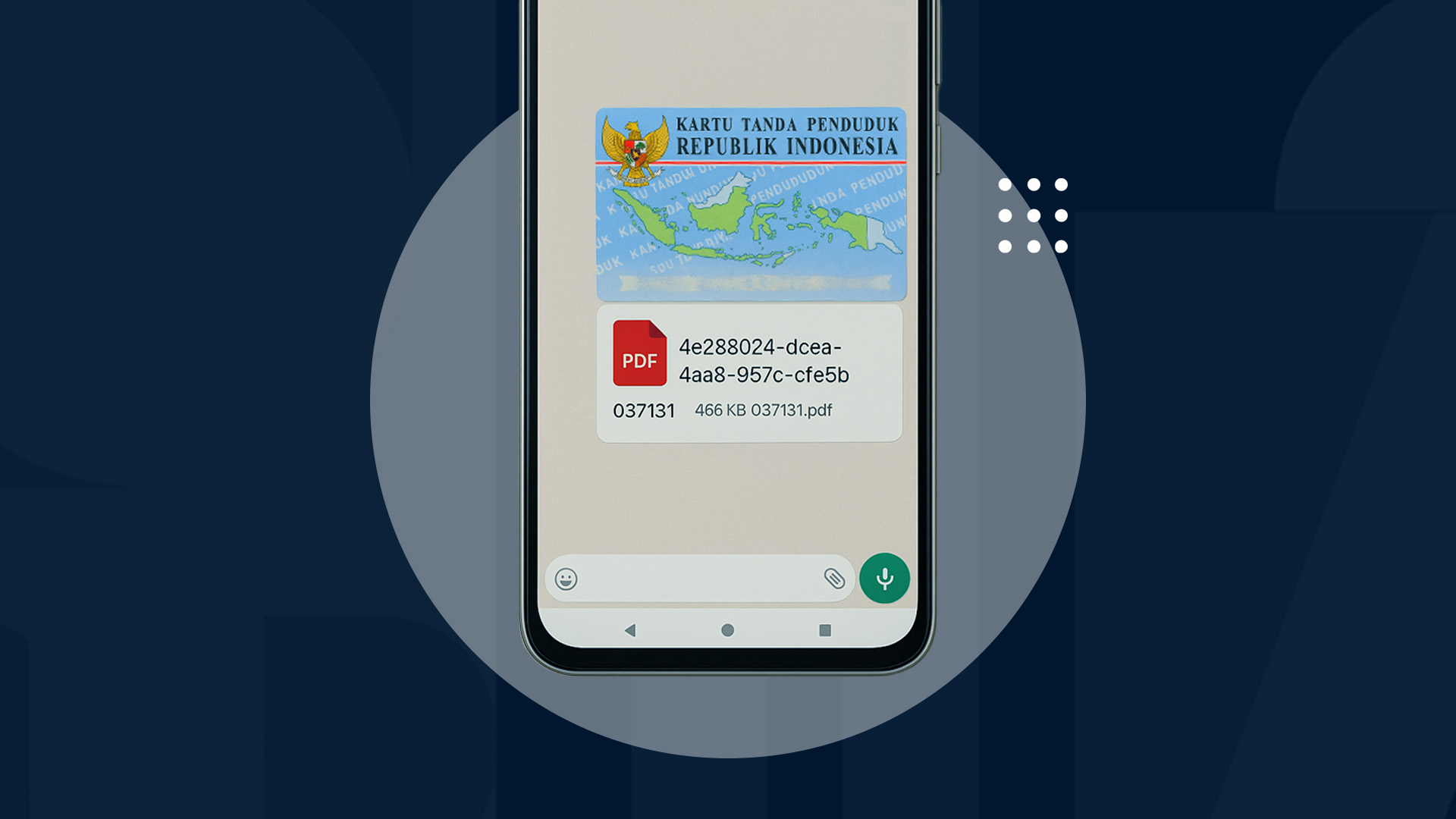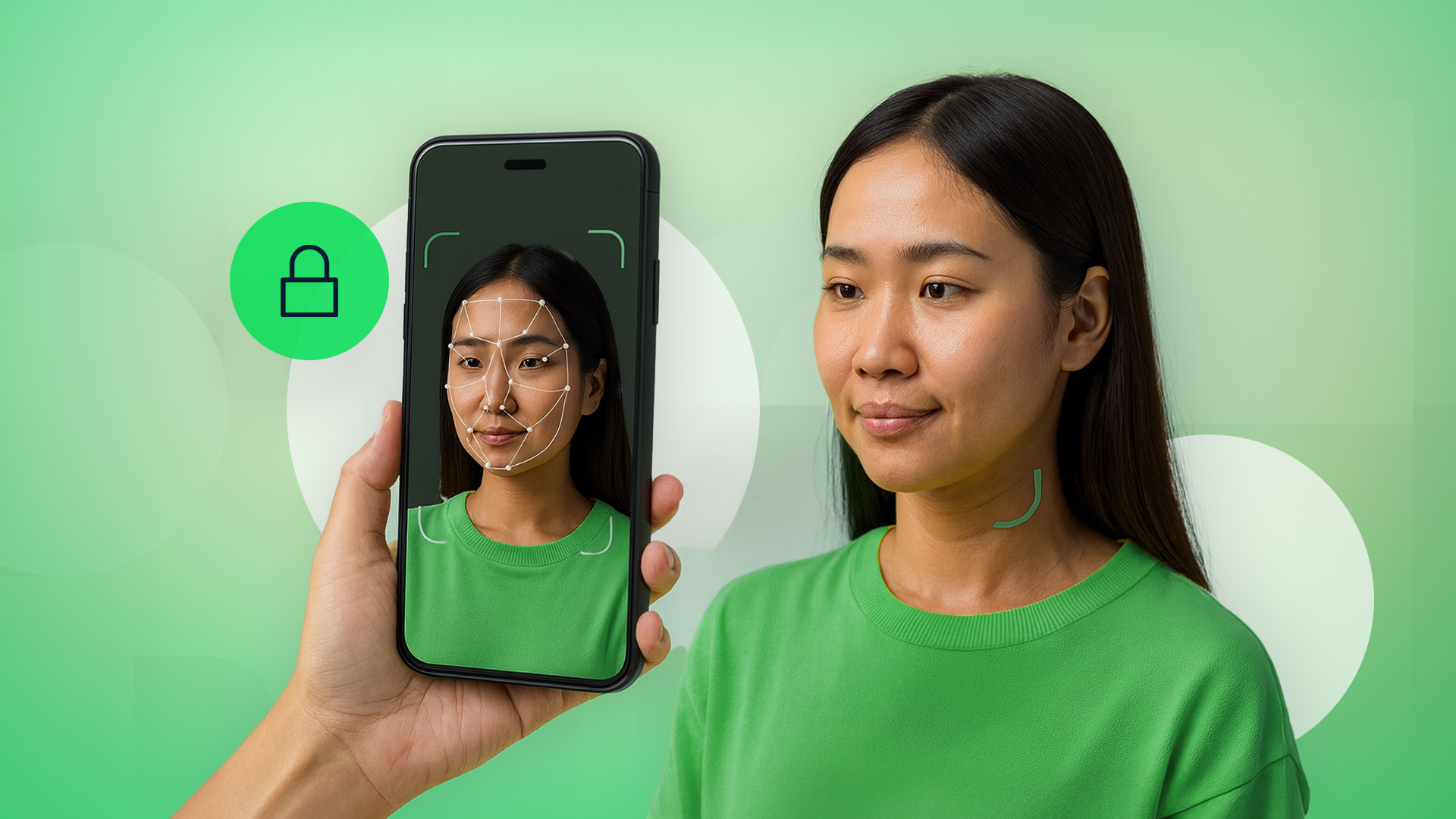Cyber security is a technology that has become increasingly important in this digital era, especially for companies that rely on technology for daily operations. Cyber security threats are becoming more complex and diverse, so companies must have strong strategies and solutions to protect data and systems.
What are some important examples of cyber security measures in companies? What are the cyber security threats that lurk if neglected? Here’s an explanation.
Examples of Cyber Security in Companies
- Network Security
One of the most important examples of cyber security is network security. This aims to protect data traffic from various cyber threats. It involves a series of processes to maintain the integrity and security of data transmitted or received within the company's network.
Components of network security include:
- Firewall: A firewall acts as a barrier between the company’s internal network and external networks, such as the internet. It helps prevent unauthorized access and protects the network from external attacks.
- Intrusion Detection Systems (IDS): IDS are used to monitor the network and detect suspicious or unauthorized activities. IDS provides early warnings so that mitigation actions can be quickly taken.
- Virtual Private Network (VPN): VPN encrypts internet connections and allows users to securely access the company network, especially when working remotely.
2. Cloud Security
As many companies transition to cloud services, cloud security becomes very important. This includes various technologies, controls, and services that protect data, applications, and cloud infrastructure from threats.
Components include:
Data Encryption: Protecting data by encrypting sensitive information before it is stored or transmitted through the cloud. Data encryption ensures that only authorized parties can access the data. Identity and Access Management (IAM): IAM manages and controls who has access to cloud resources, including the implementation of access rights and multi-factor authentication (MFA). Compliance Management: Ensuring that cloud services comply with various regulations and security standards such as GDPR, HIPAA, and others.
3. Application Security
Application security aims to protect the applications developed or used by companies from various cyber threats. This security is applied throughout the application development lifecycle. The process includes:
Penetration Testing: Conducting penetration tests to identify and fix vulnerabilities in the application before it is released. Secure Coding Practices: Implementing secure coding practices to prevent weaknesses in the code that could be exploited by attackers. Web Application Firewall (WAF): Protecting web applications by filtering and monitoring HTTP traffic to identify and block attacks such as SQL injection and cross-site scripting (XSS).
4. Endpoint Security
Endpoint security involves protection measures for devices connected to the company network, such as computers, laptops, and mobile devices.
Antivirus and Anti-malware Software: Installing antivirus and anti-malware software to detect and remove malicious software. Endpoint Detection and Response (EDR): EDR provides threat detection, real-time monitoring, and response capabilities to protect endpoints from attacks. Mobile Device Management (MDM): MDM allows companies to manage and secure mobile devices used by employees, including with security policies and data encryption.
5. Data Security
This example of cyber security protects company data from theft, damage, or loss.
Components include:
Data Loss Prevention (DLP): DLP helps prevent data breaches by monitoring and controlling the flow of sensitive data within the network. Backup and Recovery Solutions: Regularly backing up data and recovering data after incidents. Access Controls: Strict access controls to ensure that only authorized individuals have access to sensitive data.
6. Identity and Access Management (IAM)
IAM is a framework for managing digital identities and user access rights within a company's systems. Components include:
Multi-Factor Authentication (MFA): MFA adds an extra layer of security by requiring more than one verification method to access the system.
Single Sign-On (SSO): SSO allows users to access multiple applications with a single set of credentials, enhancing convenience and security.
Role-Based Access Control (RBAC): RBAC manages access rights based on user roles within the company, ensuring that users only have access to information relevant to their tasks.
7. Cyber Security Awareness Training
This example of cyber security involves educating employees about cyber threats and good security practices to prevent security incidents. Examples of training include:
Phishing Simulations: Conducting phishing simulations to train employees to recognize and avoid phishing attacks. Incident Response Training: Training employees on incident response procedures to ensure they know what to do in case of a security breach. Regular Training Sessions: Providing regular training on company security policies, best practices, and the latest threats. Cyber Security Threats
Based on the above examples of cyber security, you might wonder what cyber security threats a company needs to watch out for.
- Phishing
Attackers or scammers attempt to obtain sensitive information from victims by impersonating a trusted entity through email or other messages.
- Malware
Injecting malicious software such as viruses, trojans, and ransomware that can damage or steal data from company systems.
- Ransomware
A type of malware that encrypts the victim's data and demands a ransom to return it.
- DDoS (Distributed Denial of Service)
An attack that floods the company's server with fake traffic, making services unavailable to users. DDoS is usually the precursor to more severe subsequent attacks.
- Insider Threats
Threats originating from within the company, whether from employees or parties intentionally trying to sabotage the company's operational systems.
- Man-in-the-Middle Attack
A Man-in-the-Middle (MitM) attack occurs by infiltrating communication or data transfer within a network between users and a web server. The attacker impersonates one of the legitimate parties and intercepts information from one party while sending malicious links or data to both parties, making them unaware of the attack.
These are important examples of cyber security in companies. For companies dealing with users, cyber security should be implemented not only to protect the company's internal data but also users' personal data.
One of the first cyber security measures that should be taken as a preventive action is to have a strict and secure verification system.
Companies like VIDA have implemented biometrics in their user verification process. VIDA verification uses liveness detection technology to ensure that biometric verification is performed by legitimate users, not fraudsters.
By implementing these various cyber security measures and technologies, companies can protect their digital assets from ever-evolving cyber threats.

.png)


